NASA is preparing for a momentous day on May 27, 2020. Barring any unforeseen delays, this is the day that astronauts will launch once again from the Kennedy Space Center in Florida. It will mark the first time astronauts have launched from U.S. soil since the last Space Shuttle flight of Atlantis on July 8, 2011, a hiatus of nearly nine years. During this time, the United States has been using the Russian Soyuz vehicle to ferry American astronauts to the International Space Station. This is not the first time that the U.S. has had a gap in flying astronauts. The final mission of the Apollo program was the joint Apollo/Soyuz Mission in July 1975. After this mission, NASA would not fly astronauts into space again until the Space Shuttle’s first flight in April, 1981, a gap of almost six years.


In 2010 NASA started the Commercial Crew Program. This program was a new way of doing business for NASA. While all previous space hardware had been built by private contractors, NASA owned and operated the vehicles. Under the Commercial Crew Program, NASA would provide requirements and specifications for a new spacecraft to ferry astronauts to the International Space Station. Companies would then propose their own designs to fulfill the specified requirements. The companies would also own and operate their hardware and infrastructure. The difference is somewhat like buying a car versus buying a ride in a taxi. Two companies were selected by NASA to build spacecraft, Space X and Boeing. Both designs featured a capsule type spacecraft that would ride at the top of a rocket and return to Earth using parachutes. The Space X spacecraft is called the Crew Dragon, and the Boeing is called the Starliner.
On March 2, 2019, Space X launched the Crew Dragon Demo-1 mission. This was an uncrewed flight of the Dragon Spacecraft to the International Space Station. The Dragon docked with the I.S.S. and remained there for 5 days before returning to Earth and splashing down in the Atlantic Ocean on March 8. This test mission was a success and now NASA is ready to take the next step with the Crew Dragon Demo-2 flight. This test flight will carry NASA astronauts Robert Behnken and Douglas Hurley to the International Space Station. This will mark the first time astronauts have launched from the United States since the final Space Shuttle mission, STS-135 in July, 2011.


Behnken and Hurley are both veteran astronauts who have each flown two previous Space Shuttle missions. Hurley was actually the pilot on the final Space Shuttle flight, STS-135. The two person crew will launch aboard the Crew Dragon Spacecraft, powered by the Space X Falcon-9 rocket. The crew will then dock with the I.S.S. and remain on board for an unspecified time. They could spend anywhere from one month to 119 days at the International Space Station, but the exact duration of their mission won’t be determined until they are already in orbit. NASA will make this decision later based on when the next Crew Dragon will be ready for flight and how well the vehicle is performing in orbit.
The Demo-2 mission can not exceed the maximum of 119 days though. This particular Dragon Spacecraft’s solar arrays are not designed to withstand degradation in space for more than 120 days. After their stay on the International Space Station, Behnken and Hurley will re-enter the Earth’s atmosphere protected by a heat shield. Parachutes will slow their descent and they will splashdown in the Atlantic Ocean where the spacecraft will be recovered by a Space X recovery vessel. If everything goes as planned on this test flight, the next Crew Dragon flight will have a crew of four launching to the I.S.S. for a stay of up to six months.


Boeing has also had an uncrewed launch of its Starliner vehicle on December 20, 2019. The spacecraft was however, unable to dock to the I.S.S. due to a mission timer malfunction. Boeing plans to have another test flight later this year. When the both the Starliner and Crew Dragon become operational, NASA will have two different vehicles available. If any problems develop with one, the other should still be able to fly. After a long wait, it is finally time for American astronauts to once again soar into space on an American spacecraft.
To learn more about the upcoming Crew Dragon Demo-2 flight, click on this LINK to the official NASA website: https://www.nasa.gov/specials/dm2/


